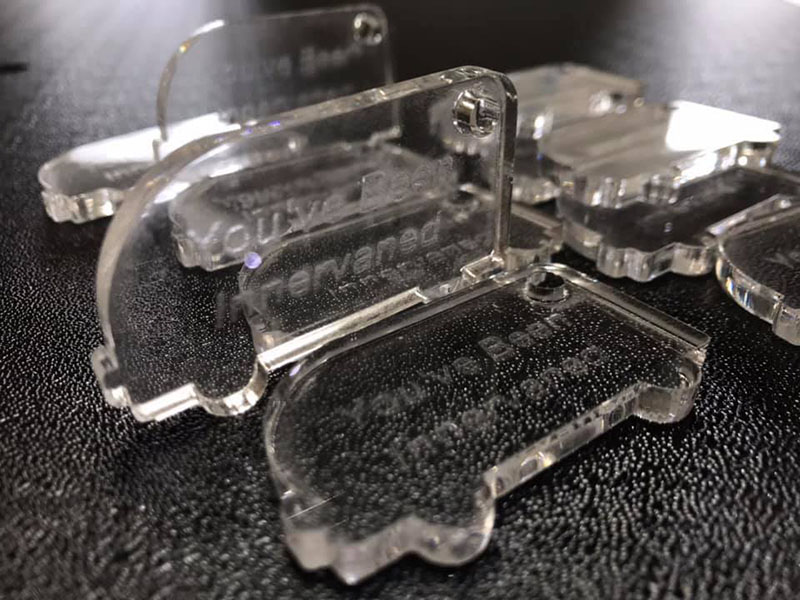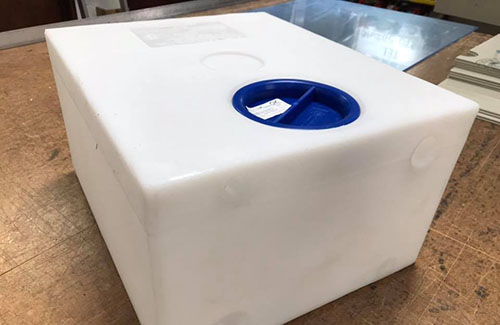How to Pick the Right Plastic Product for Your Project
If you don’t work in plastic fabrication, it is easy to think that plastic is just plastic. But there are actually lots of different variations – the stuff used to make customised water and waste tanks isn’t the same as the kind of thing used in underground land drainage. And while when working with an expert, you don’t need to be one, there are a few types of plastic material that even a DIY fan will run into. One example is acrylic, often known by the brand name Perspex, and another is polycarbonate. But how do you choose?
Choosing a clear plastic
Both acrylic and polycarbonate sheeting have tons of different uses around homes and businesses. From livestock equipment to camper van accessories, these materials have been formed into all kinds of shapes and purposes. Here in Crewe, Cheshire, we have used them for many different things.
Strength
In terms of strength, both are super strong. Acrylic and polycarbonate sheeting are around half the weight of a piece of glass in the same size and offer greater strength and also impact resistance. Polycarbonate is the stronger of the two, around 250 times the strength of glass while acrylic is around 10 times the strength of glass.
Rigidity
Acrylic is a little more like glass in terms of how rigid it is too. There are some flexible grades, but it is more likely to crack so while it might work for some purposes, things like plastic water bowls aren’t an ideal use! Polycarbonate tends to be more flexible, but both tend to be used for sheet projects as opposed to things canal boat accessories or to create water tanks.
Light flow
If you are using the material as a roof or window, you want to know about letting light through. Acrylic is better for this, allowing 92% of light to transfer through versus 88% on polycarbonate. Both are used for glazing such as in conservatories and bus shelters. Acrylic can be polished, but polycarbonate cannot.
Using the materials
If you are a DIY fan and want to buy either acrylic or polycarbonate in sheets and work with it yourself, it is important to understand the characteristics of both. Sometimes you will find that something like stokboard may be a better option due to the specific nature of the materials.
Both materials can be cut with things like saws or routers but you generally find that acrylic cuts easier than polycarbonate at first – you just need to use a little extra pressure to get started. You can drill both but avoid getting too near the edges of a piece of acrylic when drilling as it can shatter. Aim to use a drill bit designed for plastic just to be safe.
Both acrylic and polycarbonate are easy to clean once they are in place. A cotton or microfibre cloth is ideal for cleaning them. You can use warm soapy water or an acrylic cleaner on acrylic – avoid other chemicals as it can affect the surface. Polycarbonate is tougher and you can use ammonia cleaners on it. But don’t use any solvent cleaners on either.
Visit the Goodwin Plastics Ltd website for more information on How to Pick the Right Plastic Product for Your Project





